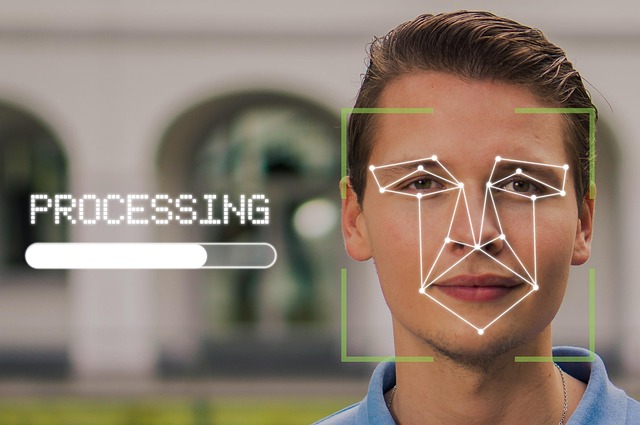In the evolving landscape of medical technology, the term reliability has become a cornerstone of design, deployment, and clinical acceptance. Sensors—whether embedded in wearable devices, implanted pacemakers, or bedside monitors—must consistently deliver accurate readings, endure physiological stresses, and maintain performance over long periods. Without unwavering reliability, the promise of precision medicine and proactive health monitoring dissolves into alarm fatigue, false reassurance, and ultimately, diminished patient trust. This article explores how reliability fuels innovation in healthcare sensors and how it translates directly into improved patient outcomes.
The Essence of Reliability in Healthcare Sensors
Reliability in this context refers to a sensor’s ability to perform its intended function under defined conditions without failure. It encompasses accuracy, precision, durability, and resistance to interference. For clinicians, a reliable sensor means that the data they base treatment decisions on is trustworthy. For patients, it ensures that continuous monitoring systems—like glucose meters or cardiac rhythm trackers—provide consistent, actionable insights without the need for constant recalibration or replacement.
- Accuracy: Correct measurement within acceptable error margins.
- Precision: Consistent results across repeated measurements.
- Durability: Physical and functional longevity in hostile biological environments.
- Resilience: Ability to maintain performance amid electrical, mechanical, and chemical interferences.
Why Reliability Drives Innovation
When engineers and designers commit to building highly reliable sensors, they unlock a cascade of opportunities for innovation. Reliability reduces the need for frequent maintenance, enabling more complex data analytics pipelines that assume continuous, high‑quality inputs. Moreover, reliable devices inspire confidence among regulatory bodies, accelerating approvals for next‑generation diagnostic tools. In essence, reliability acts as both the foundation and the catalyst for healthcare sensor innovation.
“A sensor that fails once is a sensor that cannot be trusted. Once trust is broken, the path to innovation becomes more expensive and slower.”
Key Sensor Technologies Advancing Reliability
Several sensor categories have emerged as leaders in reliable performance due to advances in materials science, microfabrication, and data processing.
- Implantable Cardiac Sensors: Modern pacemakers and implantable loop recorders employ silicon microelectromechanical systems (MEMS) that can operate reliably for 10+ years, reducing the risk of device failure and the need for surgical replacement.
- Wearable Hemodynamics Monitors: Optical and radar‑based blood pressure cuffs now incorporate adaptive algorithms that correct for movement artifacts, ensuring consistent readings even during vigorous activity.
- Continuous Glucose Monitoring (CGM) Systems: New generations use enzymatic sensors coupled with advanced telemetry to deliver glucose readings with less than 5% mean absolute relative difference (MARD) compared to laboratory assays.
- Environmental Biosensors: Devices that detect volatile organic compounds (VOCs) in breath are designed with anti‑biofouling coatings, guaranteeing sustained sensitivity over months of continuous use.
Case Study: Reliable Implantable Sensors in Cardiac Care
In 2019, a leading medical device company introduced an implantable cardiac monitor that integrated a triple‑axis accelerometer and a high‑resolution ECG electrode array. The device’s reliability was validated through a five‑year, multi‑center clinical trial involving 3,000 participants. Outcomes revealed a 99.7% event detection accuracy and less than 0.02% sensor‑related adverse events. The reliability of this sensor set a new benchmark for remote arrhythmia monitoring, resulting in widespread adoption across health systems.
Challenges to Achieving Uncompromised Reliability
Despite progress, several hurdles remain that can erode sensor reliability:
- Biofouling: Proteins, cells, and other biological materials can coat sensor surfaces, altering sensitivity.
- Power Constraints: Miniaturized sensors often rely on limited battery life or energy harvesting, risking intermittent data loss.
- Signal Interference: Electromagnetic interference from other medical devices can introduce noise.
- Manufacturing Variability: Even minute deviations in fabrication can lead to batch‑to‑batch performance differences.
Addressing these challenges requires multidisciplinary approaches, blending advanced materials, robust power solutions, and rigorous quality control.
Strategies to Overcome Reliability Barriers
Innovators are adopting several strategies to mitigate reliability risks:
- Surface Engineering: Utilizing hydrophobic or zwitterionic coatings that resist protein adsorption.
- Redundant Sensor Arrays: Deploying parallel sensors that cross‑validate each other’s readings.
- Predictive Maintenance Algorithms: Leveraging machine learning to flag early signs of sensor drift before failure.
- End‑to‑End Quality Systems: Implementing statistical process controls across fabrication, testing, and deployment phases.
Regulatory Landscape and Reliability Standards
Regulatory agencies such as the FDA and the European Medicines Agency (EMA) emphasize reliability as a core criterion in the approval of medical devices. Key requirements include:
- Comprehensive performance validation over the intended lifespan.
- Clear documentation of failure modes and mitigation strategies.
- Post‑market surveillance plans that monitor reliability metrics in real‑world use.
Compliance with international standards like ISO 14971 for risk management and IEC 60601 for electrical safety further underpins the reliability of healthcare sensors.
Future Outlook: Reliability‑Driven Innovation
The convergence of quantum sensing, nanomaterials, and artificial intelligence promises to raise reliability standards to unprecedented levels. For example:
- Quantum‑enhanced magnetic sensors could provide sub‑micron accuracy for neural activity mapping.
- Self‑healing polymers may allow implantable devices to recover from minor mechanical damages.
- Edge computing will enable real‑time anomaly detection, reducing the latency of critical alerts.
These advancements, coupled with a steadfast commitment to reliability, are poised to revolutionize how healthcare providers monitor, diagnose, and treat patients.
Conclusion
Reliability is no longer a mere design specification; it is the linchpin that connects cutting‑edge sensor technology to tangible improvements in patient care. By ensuring consistent, accurate, and durable performance, reliable sensors lay the groundwork for predictive analytics, personalized treatment plans, and proactive health management. As the industry tackles remaining challenges through interdisciplinary collaboration and stringent standards, the horizon for healthcare innovations will expand—delivering safer, more effective, and more accessible care for patients worldwide.



